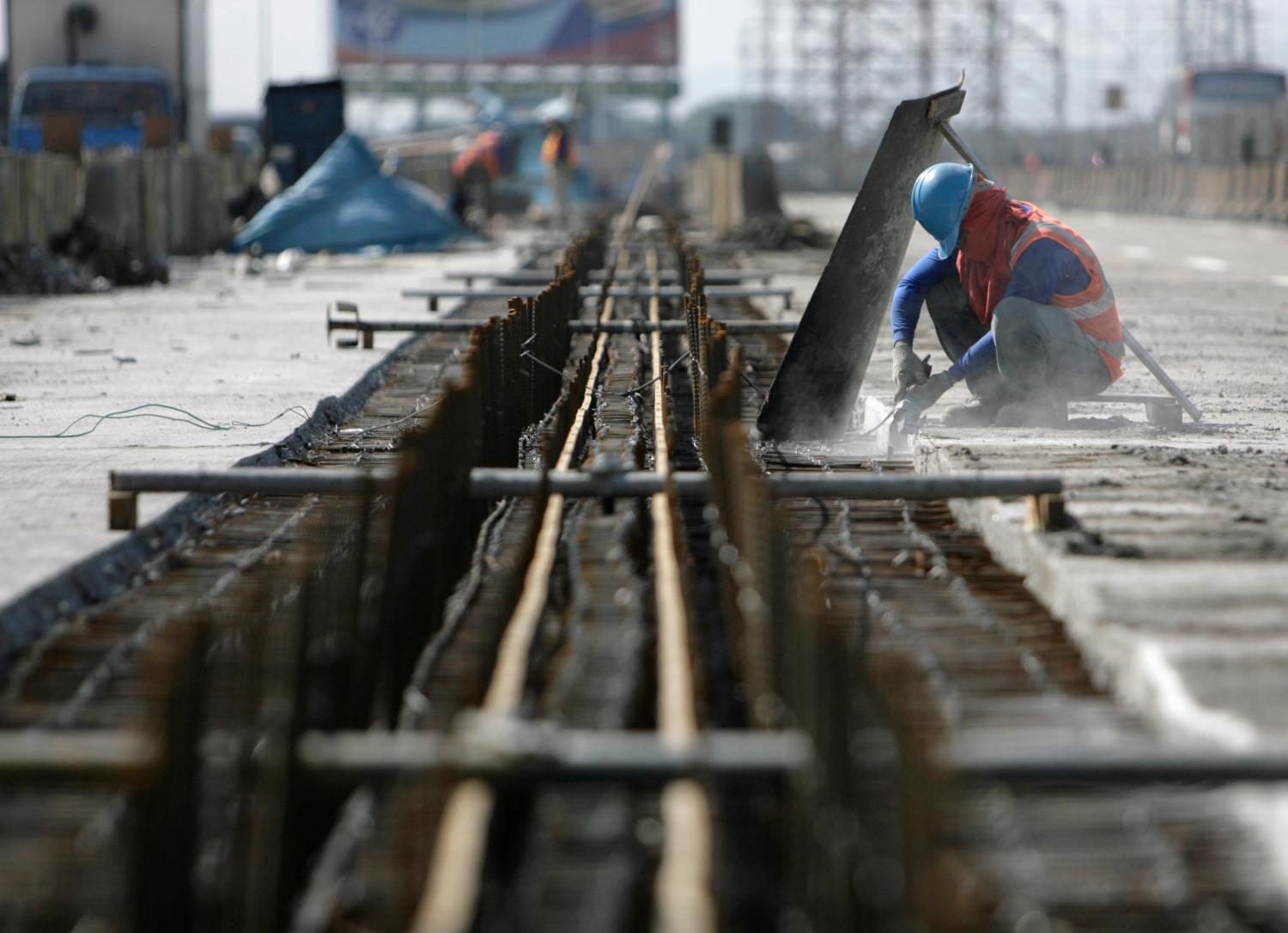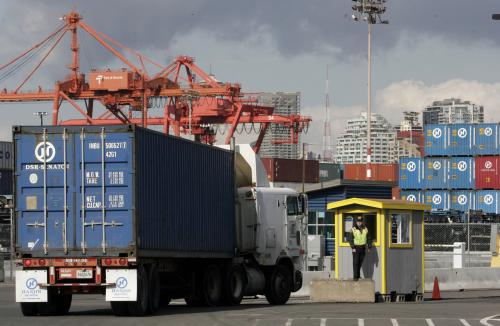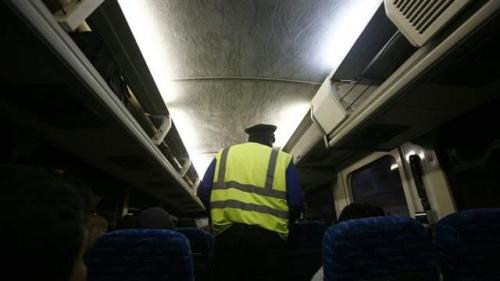The need to invest in roads, rails, ports, power plants, and water facilities has emerged as a theme of Infrastructure Week 2016, particularly when it comes to the call for regional leadership and collaboration alongside federal efforts. Across all types of infrastructure, public and private leaders are looking to fill a growing investment gap across the country and accelerate repairs of aging assets that are crucial to long-term economic growth.
Focusing on these enormous physical needs, though, overlooks the 14.5 million workers, or one out of every 10 workers nationally, who operate, design, govern, and repair U.S. infrastructure. And much like the physical investment gap, nearly 3 million infrastructure jobs will become vacant over the next decade due to high turnover and an impending wave of retirements. This underscores the need to invest in infrastructure employment, too.
The bigger question, then, is how employers and workers alike develop the skills necessary to fill this looming infrastructure jobs gap. Our recent report on infrastructure skills – along with the accompanying Facebook Live video below – helps define the specific types of knowledge, tools, and training frequently required in these positions.
Above all, since most infrastructure occupations emphasize knowledge in a variety of content areas, they offer pathways to develop durable and transferable skills. Whether employed as water treatment plant operators, railroad conductors, or solar photovoltaic installers, workers in infrastructure occupations typically depend on an expansive set of knowledge in processes that extend far beyond building and construction. Even as market dynamics and technological potential for some industries like trucking change over time, many infrastructure workers are gaining familiarity in disciplines with far-reaching economic relevance.
Workers in infrastructure occupations also use more than twice the number of tools and technologies (14) compared to the average number (6) used across all occupations. From personal computers and two-way radios to forklifts and power saws, infrastructure workers must become adept with an assortment of instruments and devices to do their jobs.
Remarkably, despite these knowledge requirements, 93 percent of workers in infrastructure occupations usually do not require a bachelor’s degree. While some infrastructure occupations, such as nuclear engineers and landscape architects, need more advanced levels of education, the vast majority do not, often having a high school diploma or post-secondary certificate while still earning competitive wages. This means on-the-job training is particularly important, which employers, educators, and workforce development agencies must address collectively at a regional level, similar to efforts already underway in places like Los Angeles, Seattle, and Chicago.
To support greater economic opportunity, infrastructure’s sizable role in the labor market needs to get its due. While national attention to this issue helps – during Infrastructure Week and the presidential election, for example – it will ultimately be up to a host of different public, private, and civic leaders to craft development strategies in support of a skilled infrastructure workforce for decades to come.
The Brookings Institution is committed to quality, independence, and impact.
We are supported by a diverse array of funders. In line with our values and policies, each Brookings publication represents the sole views of its author(s).










Commentary
How to fill infrastructure’s looming jobs gap
May 20, 2016